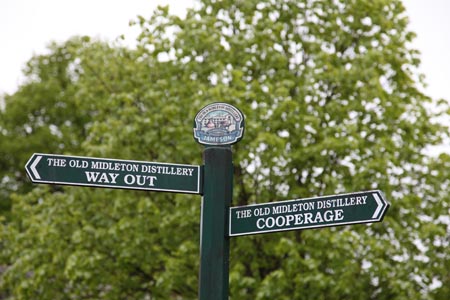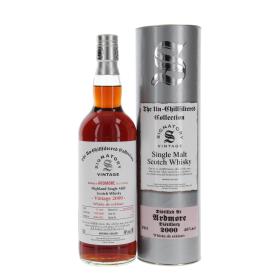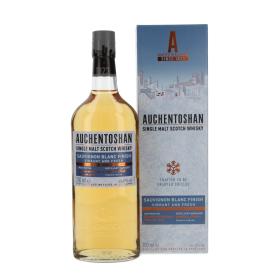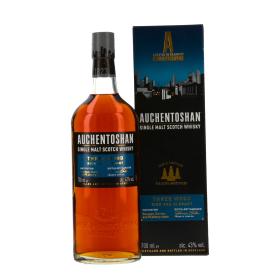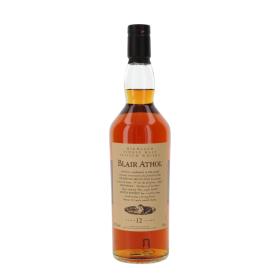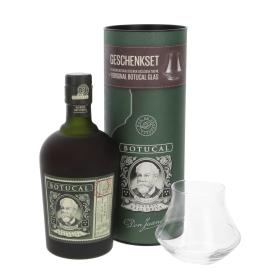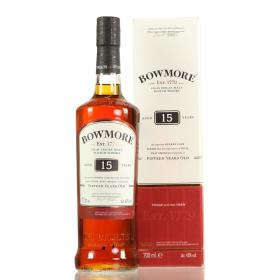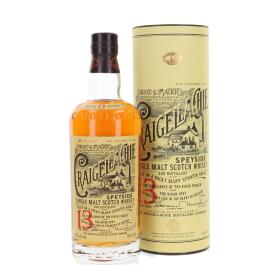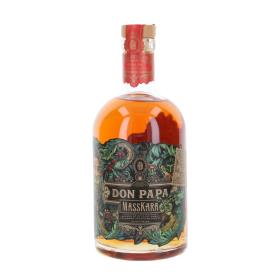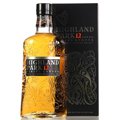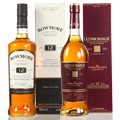The Irish like to boast that they invented whiskey. There is much to suggest that this is true. The oldest licensed whiskey distillery in the world, Bushmills, dating back to 1608, is located in Ireland. History books also report that Celtic monks brought the production of distilled malt brew to Scotland via Ireland.
However, the Scots counter this with a document from 1494, which records the sale of barley for whisky production. As hard as the Scots, who are by far the leaders in marketing, try, the majority of history books now seem to favour the monk theory.
Even if the Irish and Scots or British have now become allied neighbours in the EU, the smouldering and in the past sometimes murderous conflict in Northern Ireland shows that they are still not entirely on the same page. At the same time, the international matches in the north-western provinces of the European Union, despite being sporting contests, are often characterised by armed conflicts in the stands.
Hard times and oppression
As beautiful as the green island appears to us today, daily life on it used to be very hard. The forces of nature were too cold, too wet and too windy to allow the inhabitants to lead a normal life. Despite the difficulties with the environment, this did not stop the hostile neighbours from forcibly incorporating the island into the English kingdom in 1541.
English nobles took over the land and the subsequent levies to the Crown were high, which did not make life in Ireland any easier. The wedge between Ireland and Scotland, actually allies or at least like-minded and Catholic brothers in faith against Protestant England, was driven by the Treaty of Union between Scotland and England in 1707. Instead of standing up to the oppression of an overpowering England, the Scots entered into a union with England. 1745, the oft-quoted year of the rebellious Bonnie Prince Charlie, was only a last stand. Scottish independence had already been over for decades.
The biggest blow to Ireland, from which it has yet to recover, came with the brown potato blight. The introduction of the American potato to Europe and the resulting better calorie supply for the population in the 18th century led to a sharp increase in the Irish population. When the potato blight destroyed a large part of the Irish harvest between 1845 and 1851, millions of Irish died of starvation and millions more emigrated, mainly to North America.
There was little help for those left behind from the English nobility and large landowners in Ireland. Later it was even stopped altogether. Of the more than 8 million Irish in 1841, just 1/3 remained in the country. To this day, the population of around 6 million has not recovered from this mass death and emigration. Historians still disagree, but the refusal of the British to help in times of great need ultimately led to the War of Independence from 1919 to 1921, which saw Ireland become independent. Ireland's anger was also directed at Scotland, which, as a voluntary part of the United Kingdom, seemed to be making common cause with the English.
In 1937, Ireland also left the Commonwealth with its own constitution. However, the English could not be driven out of the country completely, as a particularly large number of English people had settled in the province of Ulster in what is now Northern Ireland. The conflict here still smoulders to this day.
Origin and rise of Irish blended whiskey
The history of Irish whiskey is linked to this very abbreviated, more recent Irish history. Similar to Scotland and America, there were initially many small private distilleries in Ireland, which preserved any surplus grain production through distillation. In contrast to the introduction of alcohol tax in Great Britain and the USA, a malt tax was levied in Ireland. This meant that not only whisky but also beer could be used to top up the state coffers. However, the Irish were resourceful people and only used as much barley malt for whisky production as was absolutely necessary. The remaining ingredients were wheat or corn, which was imported from America thanks to good relations with friends who had emigrated. Irish blended whiskey was born. Distilled as a blend in pot stills, it quickly won the hearts of the people. America and England were the main markets in the middle of the 19th century.
The decline of Irish whiskey
The decline of Irish whiskey began with the production of cheap blends in the new Scottish distilleries from around 1840 onwards. A strong headwind blew against the Irish on the world market. What's more, the Irish were particularly fond of their own product. The hopelessly meagre life and perhaps also the nature of the Irish led to quantities of whiskey being drunk, the stories of which seem adventurous today. In the heyday of Irish whiskey, it is said that more than 100 litres of whiskey were drunk per adult male population per year. No matter how much it really was - drunkenness, infirmity and quick death were common. Be it because of the poor living conditions or because of excessive whiskey consumption. Many families lost their breadwinners as a result. Women and the Puritan church in particular campaigned against the consumption of whiskey, which ultimately led to Prohibition in America from 1919 to 1933.
Today, Ireland still has the highest alcohol tax in the EU alongside Sweden. It was even raised again in the new millennium. The many thousands of small private distilleries were quickly decimated by the collapse of the English and American whisky market. The large distilleries, which quickly switched to inexpensive whiskey from distillation columns, were nevertheless no longer able to keep up after Prohibition. Ireland's de facto withdrawal from the Commonwealth in 1937 meant that they had to pay high import duties on the world's most important markets, which the Scots did not have to pay.
As a result, the number of distilleries steadily declined. Only the largest survived. Famous distilleries such as Tullamore and Kilbeggan were forced to close in the mid-1950s. In 1966, a handful of remaining distilleries united under the umbrella of the Irish Distillers Group at the single site of Midleton in the south of Ireland.
Bushmills, the second distillery in the north, joined in 1970. The major brands such as Powers and Jameson, for which Dublin was so famous on the east coast, were forced to close their distilleries. Many brands died out and only a few could continue to be produced using the same recipe but on external distillation equipment in Midleton. In this way, at least a small part of the former whiskey world power was able to survive.
However, Ireland suffered its greatest loss in 1988 when Irish Distillers Ltd. was sold to the French group Pernod Ricard. Not a single Irish whiskey distillery was left in national hands. Even the Paddy and Powers brands, which epitomise Irish whiskey par excellence, were suddenly owned by foreigners! What looked bad, however, turned out to be a salvation for the Irish whiskey industry. Pernod Ricard was able to significantly expand its business internationally and today Irish whiskey is back in a better position than it has been for a long time.
In 1989, the time had finally come. With the founding of the Cooley distillery on the border with Northern Ireland, there is once again a genuine Irish whiskey distillery. After two decades of production, this distillery offers Connemara, Tyrconnell and Locke's single malts and blended whiskeys from mild to smoky from its own production. Business is going so well that they even set up two pot stills for malt whiskey production in Kilbeggan again in 2009. Long live Ireland!
Details about the terrible famine and the wave of emigration can be found on the Internet at
http://www.angelfire.com/bc/barbara/irland.html.

